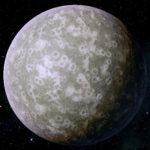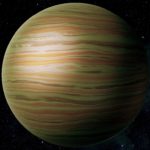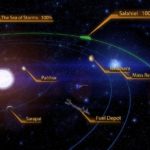System Specs:
- Stellar Mass: 1.6 Sol Masses
- Stellar Class: A
- Luminosity: N/A Sol
- Planets: 3
- Moons: 0
- Asteroid Belts: 0
- Asteroids: 0
- Objects: 2
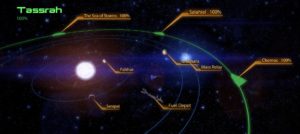
Tassrah has little to offer the galactic community aside from being a gateway system to the rest of The Phoenix Massing. Its inhospitable terrestrial worlds are rich in resources but not economically feasible to exploit.
–
Planets Directory:
- Pahhur
- Sarapai
- fuel depot
- Ishassara
- Mass Relay
–
Pahhur:
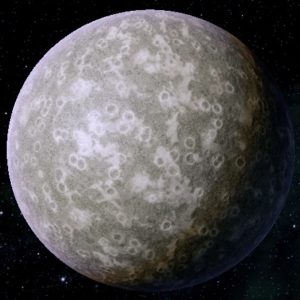
- Orbital Distance: 0.6 AU
- Orbital Period: 0.4 Earth-years
- Keplerian Ratio: 1.35
- Radius: 10,560 km
- Day Length: 46.0 Earth-hours
- Atmospheric Pressure: 90.59 atm
- Surface Temp: 1,445 °C
- Surface Gravity: 4.6 g
- Mass: 12.516 Earth-masses
By normal standards a large rock planet, Pahhur (“fiery”) is constantly scorched by the white, bright giant it orbits. A dense atmosphere featuring hydrogen, helium, and clouds of vaporized magnesium float [sic] over its iron-rich core, making for a truly hellish landscape. Its spectacular temperature prevents any practical exploitation.
–
Sarapai:

- Orbital Distance: 1.7 AU
- Orbital Period: 1.7 Earth-years
- Keplerian Ratio: 1.7
- Radius: 6,016 km
- Day Length: 60.8 Earth-hours
- Atmospheric Pressure: 118.08 atm
- Surface Temp: 1,271 °C
- Surface Gravity: 0.9 g
- Mass: 0.795 Earth-masses
Sarapai (“ever upward”) is the second planet orbiting the white star Tassrah. Sarapai’s pressure-cooker atmosphere of carbon dioxide and ethane serves as a greenhouse to an already boiling-hot surface. Cobalt compounds are frequent [sic] found on its crust, giving spectacular blue tinges to its land. Scans from orbital probes indicate its crust contains deposits of platinum, likely to be as unexploited as its sister planet Pahhur.
–
Ishassara:
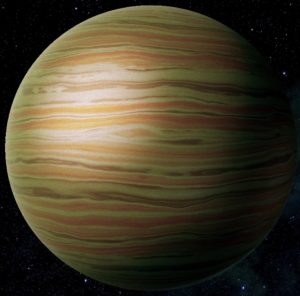
- Orbital Distance: 3.8 AU
- Orbital Period: 5.7 Earth-years
- Keplerian Ratio: 1.689
- Radius: 22,769 km
- Day Length: 14.0 Earth-hours
- Atmospheric Pressure: N/A atm
- Surface Temp: N/A °C
- Surface Gravity: N/A g
- Mass: N/A Earth-masses
A gas giant, Ishassara is composed mostly of hydrogen and nitrogen. Its orbit in recent years has taken it close to the mass relay in this system, making it a popular stop for “scoop ships” to refuel the hydrogen in their thrusters before moving on.
–
–
video

